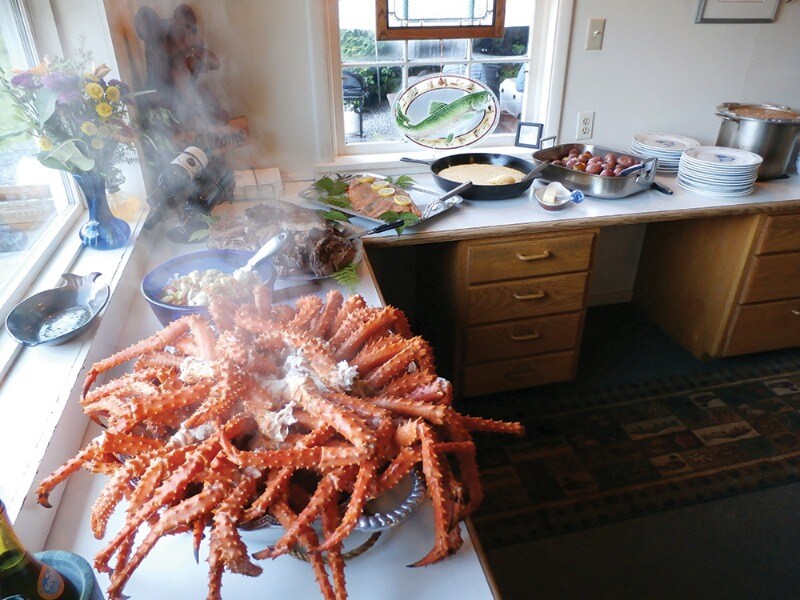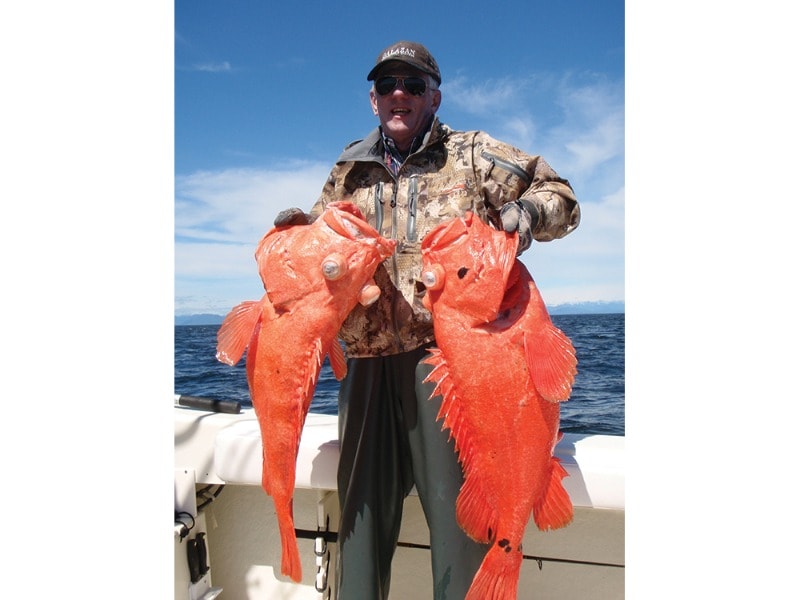Baranov Island, Alaska

A long time before the United States purchased Alaska in 1867, the Russians had extended their colonization of “Russian America” across the Bering Strait and down the North American coastline, as far south as California. Baranov Island became headquarters of the Russian colonies, named after Alexander Baranov – a Russian trader and merchant who served as the first governor of “the colonies.” During that period, the fur trade drove the exploration and colonization of this vast, remote area.
Baranov Island today is part of what is called southeast Alaska, a large group of coastal islands, straits and bays that make up the northern part of the Inside Passage. There are many interesting towns and villages in this area; among them are Juneau (Alaska’s capital), Sitka (on Baranov Island), Skagway and Ketchikan. As the fur trade lost its value proposition, this area played a major role in the Klondike gold rush of 1896-1898, getting gold miners and supplies to and from the gold fields. Anyone having sailed the Inside Passage as a tourist can attest to the amazing beauty of this area.
Today, most people come to Baranov Island for sightseeing or fishing – or just to relax; our family was no

exception. To experience all the fishing around Baranov Island, one would have to spend an entire fishing season, rather than just a week. All five species of Pacific salmon are there, but of course not at the same time; the streams have rainbow trout and dolly varden, with some steelhead and char. Halibut, lingcod and rockfish are deep in the ocean and provide an interesting and unusual type of fishing. With a good plan and plenty of time, you can catch a little of everything, and enjoy it for lunch or dinner – or bring it back home.
The weather, especially early in the season, can throw a few curve balls; a rain jacket and chest waders are the typical uniform of the day and possibly a warm jacket and gloves. We had lots of warm, sunny days, but cool and overcast seems to be just as likely.
We fished the ocean, by boat, for a few days – sometimes 1000 feet deep. For a country kid, used to fishing farm ponds of Missouri, that was an amazing amount of water. We also walked up some creeks to fish outlets of small lakes for rainbows. Overall it was a grand experience!

